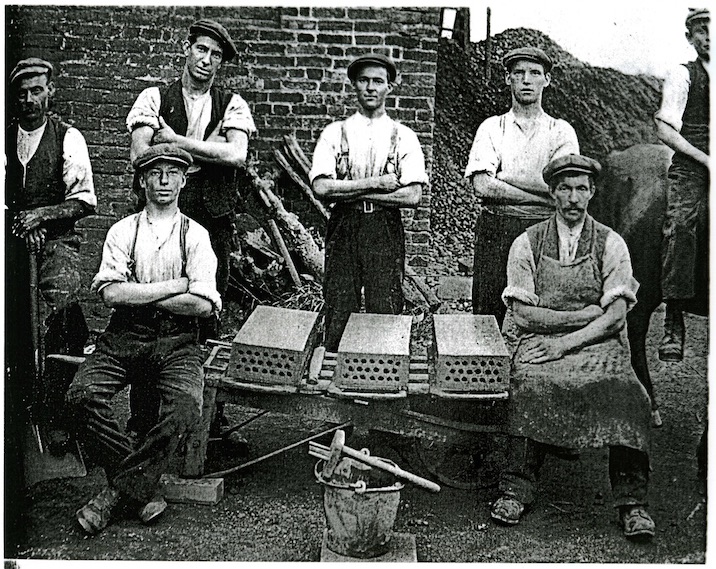As dictated by Cyril Frank Pleece. Unfortunately we no longer have full details the source of this account but it comes with a covering note signed ‘Marg’, (possibly his sister Margaret?) saying that he didn’t get far with it and regretting she had not talked to him more about the past.
Below is a section of the 1922-44 O.S. map showing the area Frank describes. There is only one building marked on this map in the area which seems to fit his description of 2 Pillsmouth Cottages and none on earlier ones.
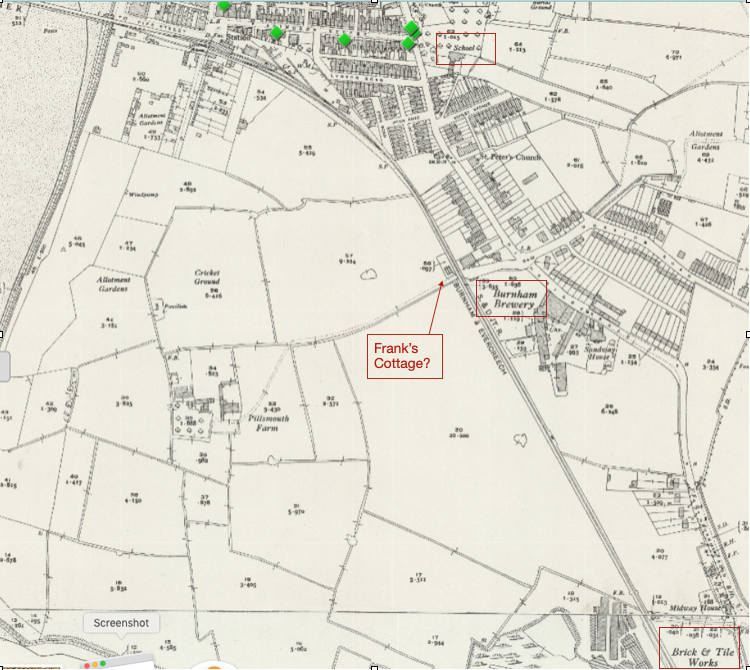
I was born 2nd August 1922 at 2 Pillsmouth Cottages, Burnham on Sea. The cottages belonged to Pillsmouth Farm, now owned by Holimarine [Burnham Holiday Village]. I had a brother Ronald 2 years older than me and a sister Margaret 4 years younger. Dad worked at Symons Brickyard. He was a kiln burner.
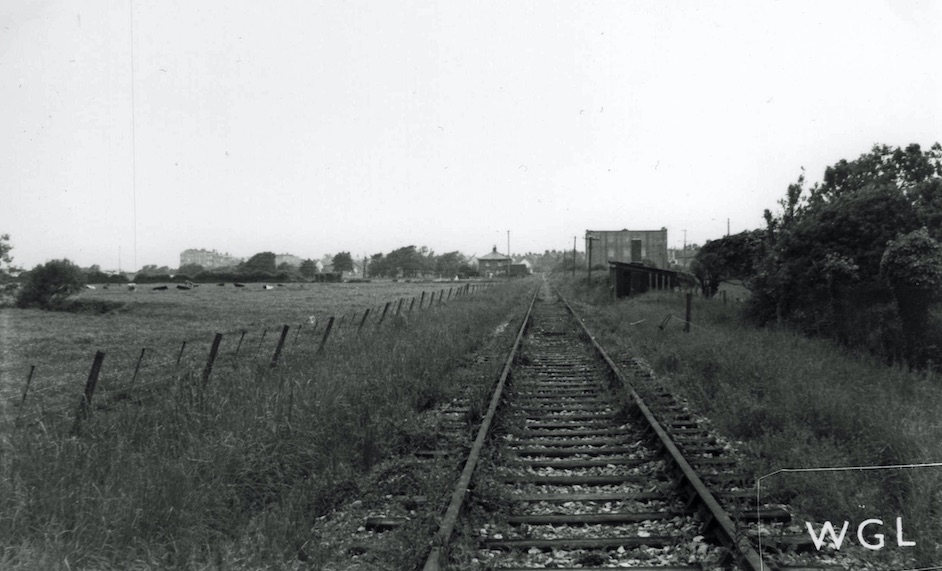
At the front of the house was a 20 acre field that stretched down to the brickyard. Alongside of the field was the railway line. Our cottage was near the line, every time a train passed it shook.
Dad used to take me down the brickyard and I used to collect cigarette cards from some of the workers. Dad used to walk to work through the field, if it was raining he walked the railway line until he was caught by a railway inspector. He was fined 10 shillings..
Everything went well, we went to St Josephs School, until in 1932 dad was taken ill with pneumonia. The only treatment in those days was kaolin poultices. I used to go to a friend’s house for dinners. I shall never forget March 2nd, I went to dinner as usual and my friend’s gran took me to one side and said “Don’t cry, your father is dead.” It gave me quite a shock. When I went to school in the afternoon the teacher got the class to sing ‘The Vacant Chair’.
I missed dad quite a lot. He used to call me ‘Bucket’, I don’t know why. I can remember him when I was small he used to carry me on his back down to the brickyard. Later on, when I was older, he would take me fishing for eels. I can still picture his home-made rod and float.
Sometimes on a Sunday afternoon when he was not working he would take me up to the ‘Seaman’s Rest’. That was an old railway carriage at the top of the pier. The pilots used to wait in there. Quite a lot of ships used Highbridge and Bridgwater docks. When their ship was sighted they would row out to meet it, they had to row out as there was no outboard motors then.. They used to keep their boats on the pier.

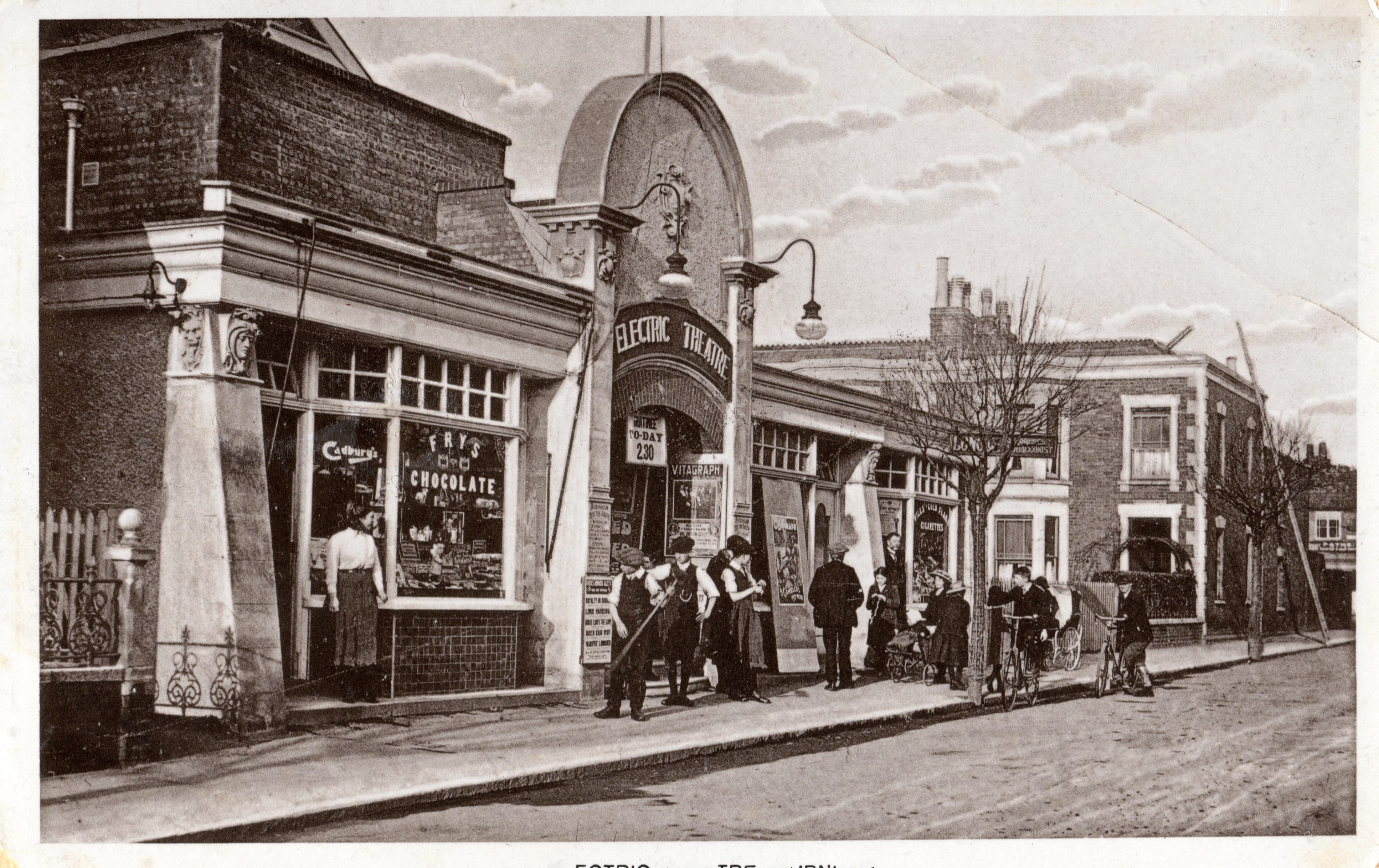
At the time Burnham was a quiet town nestling among green fields. There was one picture house, the Majestic, I can remember seeing silent films there.. In winter there were firework displays in Manor Gardens, we used to watch them from the window, we couldn’t see much but it was exciting. Ever summer the fair used to come to town, they used to be on the land where Somerfield [now B&M] car park now stands, and land beyond. We used to go up at night to see all the stalls and the roundabouts with their organ music. One night as I strolled around I found sixpence and I went and had a go on a stall with an arrow going round. Lo and behold it stopped on my number. I chose a canteen of cutlery and was pleased as punch taking it home for mum.
There were plenty of jobs for school leavers. In the vicinity were three brickyards, the gas works, and a brewery, also local builders took on apprentices. Nearly all jobs were labour intensive.
The new South Esplanade was built, replacing sandbanks. It had four shelters and a bandstand which had a dome-like appearance. It was used when the completed Esplanade was opened, but was not used very often.
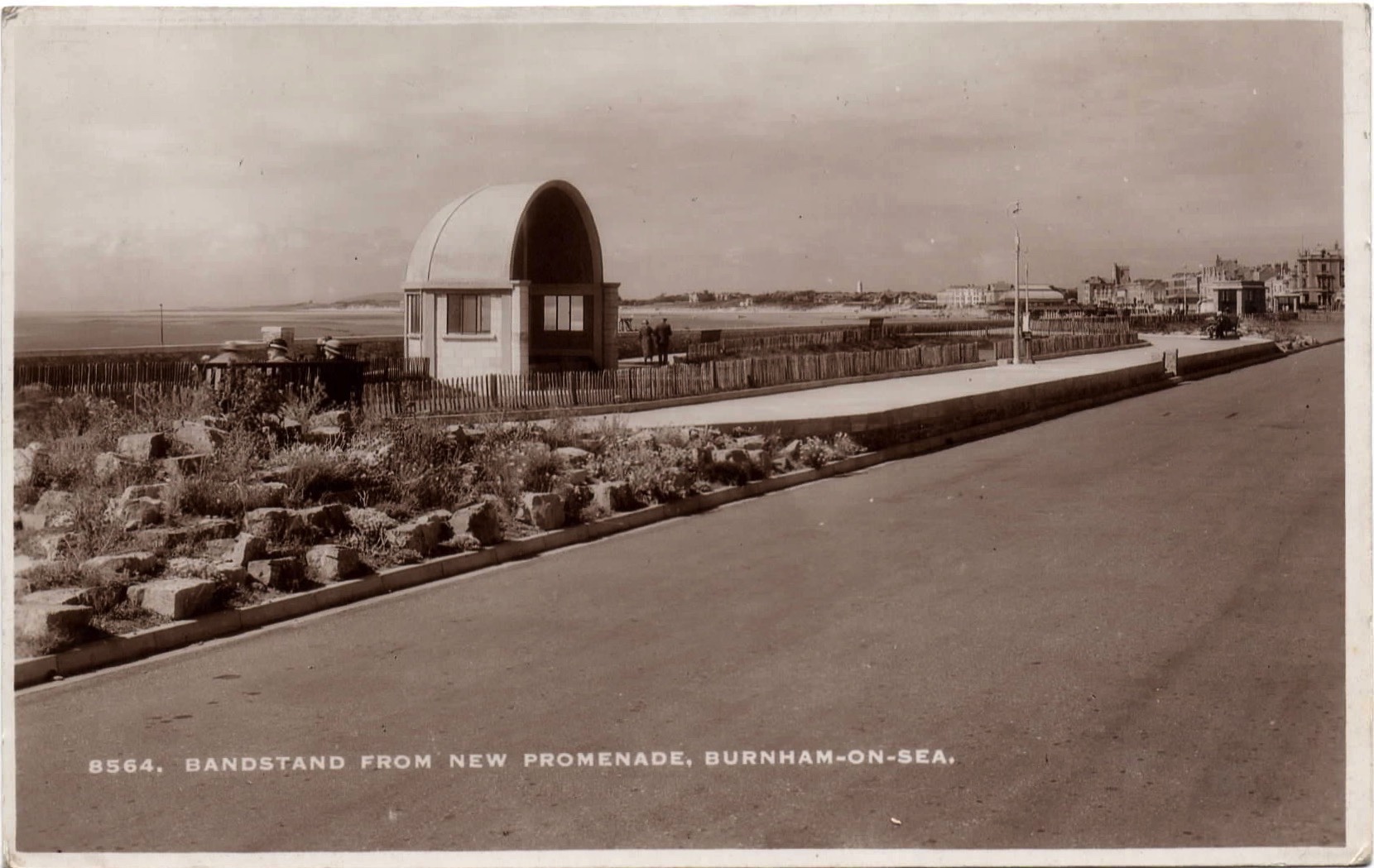
Any spare time was spent playing football on the beach, if we could find a ball to play with. Saturday afternoons we went to the Majestic. There was always a matinee, two pence a ticket. There used to be a serial running weekly, I can remember seeing ‘The Last of the Mohicans’.. Summer evenings when the tide was in we would all be in the water, our clothes would be under the old seafront quite safe, no-one would touch them. That’s what I liked about the late twenties and thirties, there was no petty crime and the local policeman kept everything under control.
In September 1934 Margaret was taken ill with diphtheria and was taken to the isolation hospital at Highbridge. The quarantine was 6 weeks. Anyway, she came home, then Ron had scarlet fever so off to the hospital he went. No sooner had he returned and it was my turn. In those days we seemed to have an epidemic each year. The ambulance and driver were well known in Burnham and Highbridge.
Mum was working five days a week, Ron had a job at the farm and I started doing paper rounds. I had five rounds altogether so I had to get a bike. I got a second hand one for 10 shillings. I used to look after my sister, take her to school every day.
A lane from the main road led up to the farm, having to cross the railway line. Our cottage was just over. There was line gates for the farmers and a wicket gate for pedestrians. When the wind was blowing hard may sister and I had to fight our way to the gates. We then had to make sure no train was approaching, you had a job to hear them coming.
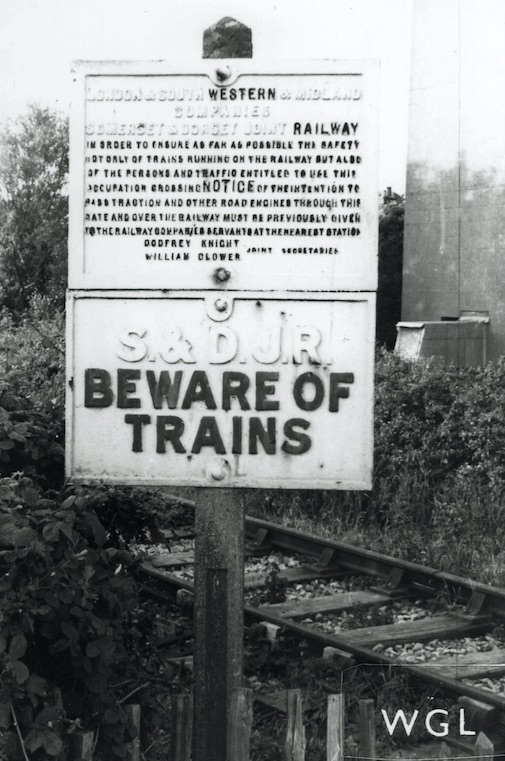
1935 we moved to 13 Oxford St, just two doors from the school. About this time the school cleaning job was vacant. Mum got the job. The money was poor. The classrooms had to be brushed and dusted, also the toilets had to be cleaned. Friday all the desks had to be pulled out, the desks in those days were iron framed in twos, I used to pull out the desks. Holiday time the floors had to be scrubbed. In winter we had to light the fires. I then went off on my paper rounds. In those days nearly all the boys had errand jobs after school.

Any spare time we had was spent playing football if we could find a ball. Every August Monday a children’s carnival on the seafront.. Mrs Lloyd down Worston Lane used to enter ‘Jazz Band’. We would dress in coloured crepe paper, for drums we had toffee tins and some had ‘jazz players’, the ones you put tissue paper in. Back in the twenties dad used to be in this carnival. Symons had their trade float, dad had a small pinacle [?], another man was making tiles and there was room to show off some of their tiles.
1936 August 2nd I left school and was offered a job in the brickyard, which I accepted. One of the first things required was hob-nailed boots, they felt pretty heavy for a fourteen year old. First I must tell you something about the brickyard. At that time they employed about 40 men. The main product was handmade roofing tiles, they also made made bricks and drainage pipe but tiles was the main product. At the back of the yard were a number of pits where the clay had been removed. One was used as the local refuse dump, the the rubbish was brought down by horse and wagon and tipped out and a man used to shovel the rubbish into the pit. As you can imagine it was alive with rats. There was also rats in the yard, they seemed to be everywhere. I started work mostly cleaning the yard and other odd jobs. Wages were 14/7d in the summer. I had a job on the brick machine. The machine was left and right handed. I was on the right side. They came through a die. The bricks were twenty-hole. They came out on [water?] bed in lengths of twenty. They were cut by the brickmaker. I took them off with prongs that fitted the middle hole. They were then put in a barrow.
